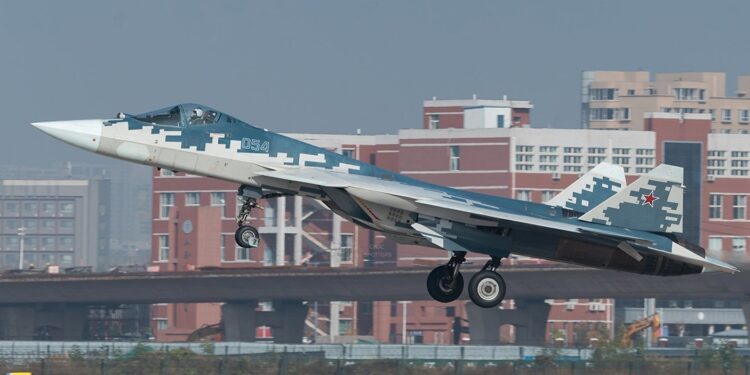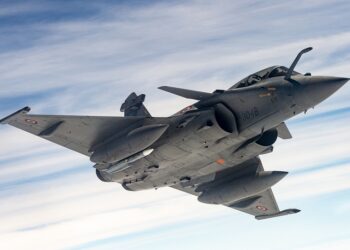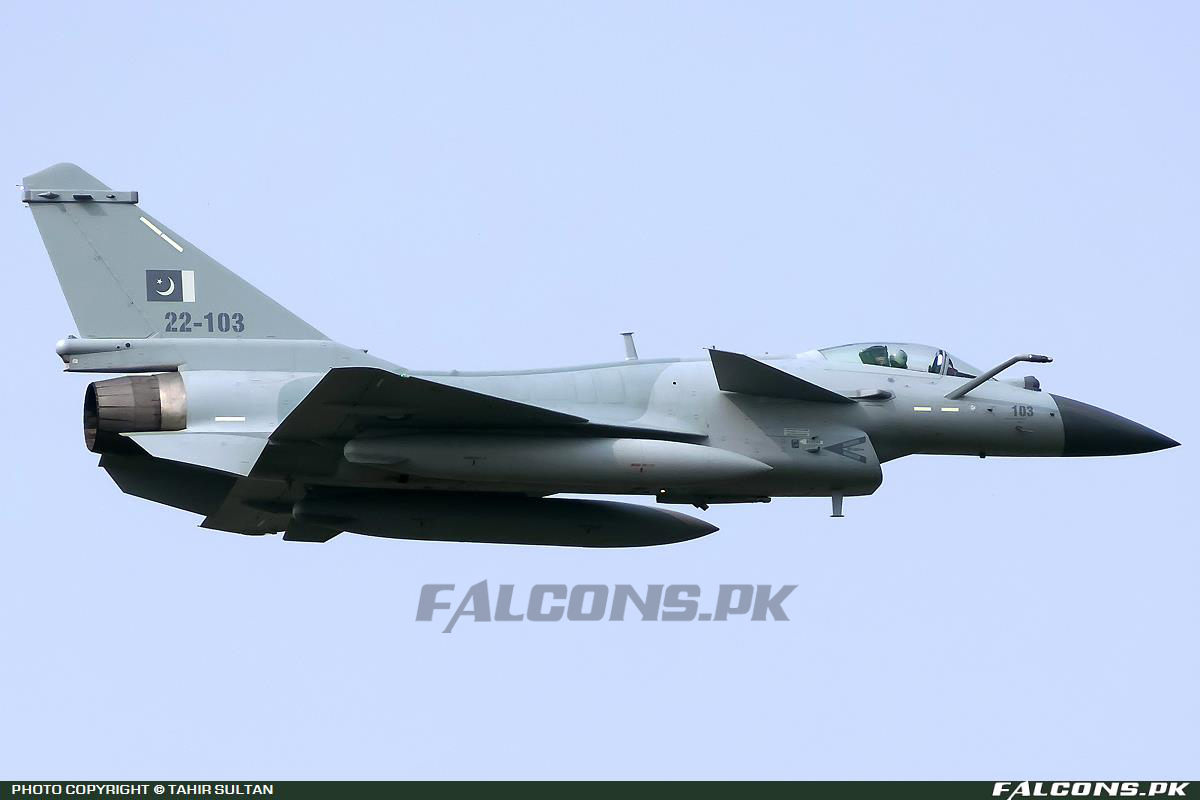By Dylan Malyasov
New Delhi is reassessing a plan to buy at least two squadrons of Russia’s Su-57 fighter, not primarily for stealth but to close a shortfall in long-range strike and beyond-visual-range engagement, according to reporting from The Print.
The report says India is weighing a proposal from Russia that would follow the earlier MiG-series and Su-30MKI model of cooperation: an initial batch delivered as complete aircraft, followed by local production at Hindustan Aeronautics Limited’s (HAL) Nashik facility.
According to The Print, if an “India-made” route is adopted, two squadrons would enter service with full deliveries up front and a further three to five squadrons could be produced locally by HAL. The Print added that Sukhoi’s design bureau and HAL “already have an established working relationship,” which would lower barriers to local manufacture.
Behind the renewed interest is the 2025 “Sindur” operation, which the report says exposed a key shortcoming in the Indian Air Force’s long-range strike capacity. The Su-57’s chief appeal in this context is not its stealth profile but its capability to carry heavy, very long-range ordnance. In particular, the aircraft can field the R-37M long-range air-to-air missile, which has a range in excess of 300 kilometers and would give India an expanded BVR, or beyond-visual-range, engagement envelope.
Even setting aside stealth performance, the Su-57 offers a large weapons bay and extended range that make it suited to deep-strike missions, the report said. That capability would complement India’s existing fleet—most notably Rafale and Su-30MKI aircraft—by focusing on long-reach strike tasks rather than competing directly with platforms optimized for low observability.
Sources quoted by The Print stressed that any Su-57 buy would be a pragmatic, near-term measure rather than a permanent fix. Procurement, the report said, would be a stopgap that addresses immediate operational gaps but does not replace a longer-term modernization strategy.
For New Delhi, the calculation appears to weigh operational needs against technical trade-offs. The Su-57’s internal volume and payload options potentially let it carry larger missiles at ranges India currently lacks. That could matter in scenarios where the air force needs to project force from stand-off distances, reducing exposure of sensor and shooter platforms to contested airspace. At the same time, questions about the Su-57’s low-observable performance and the logistics of integrating a new type into India’s fleet remain.
Local production would follow a familiar model for New Delhi: initial acquisition of complete aircraft, then phased transfer of production and technology to domestic industry. The Print’s reporting suggests HAL and Sukhoi cooperation could smooth that path, though the scale and pace of any indigenous assembly would depend on negotiations and technical arrangements.
According to The Print, the renewed interest in the Su-57 is driven by operational realities revealed in 2025 and a desire to fill a specific weapons and range gap. Whether the proposal advances beyond study will hinge on New Delhi’s assessment of how the Su-57 fits into an evolving force posture and whether local production can be achieved on terms acceptable to both India and Russia.





